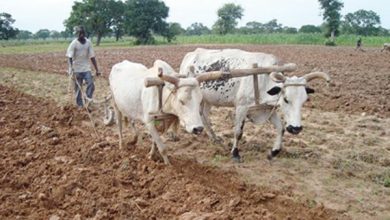The 20 Most Famous and Delicious Types and Varieties of Pears
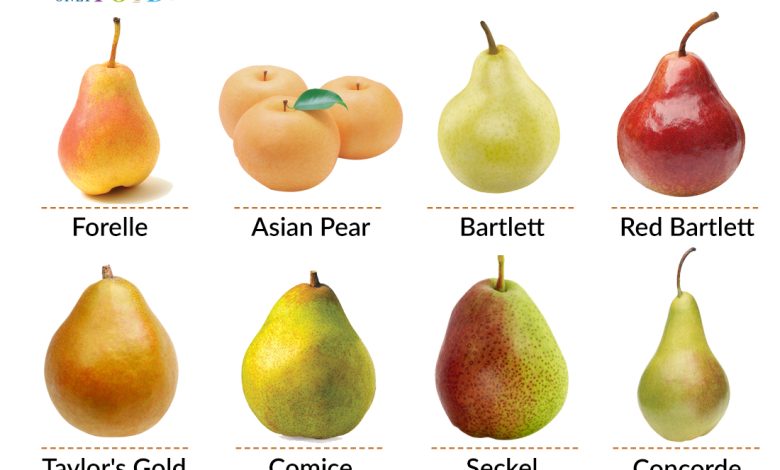
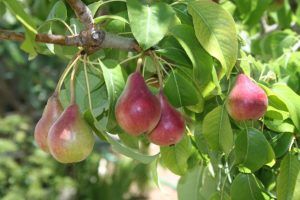 Currently, there are around 5,000 varieties of cultivated pears in the world, which date back to the 18th century.
Currently, there are around 5,000 varieties of cultivated pears in the world, which date back to the 18th century.
The best known modern varieties are Blanquilla, William and Passacrassana, although there are many other variants, with differences in taste, shape, texture and size.
Even the same species may have differences related to the region where it is grown.Let’s see which are the most important varieties currently marketed around the world.
Blanquilla or Blanca de Aranjuez
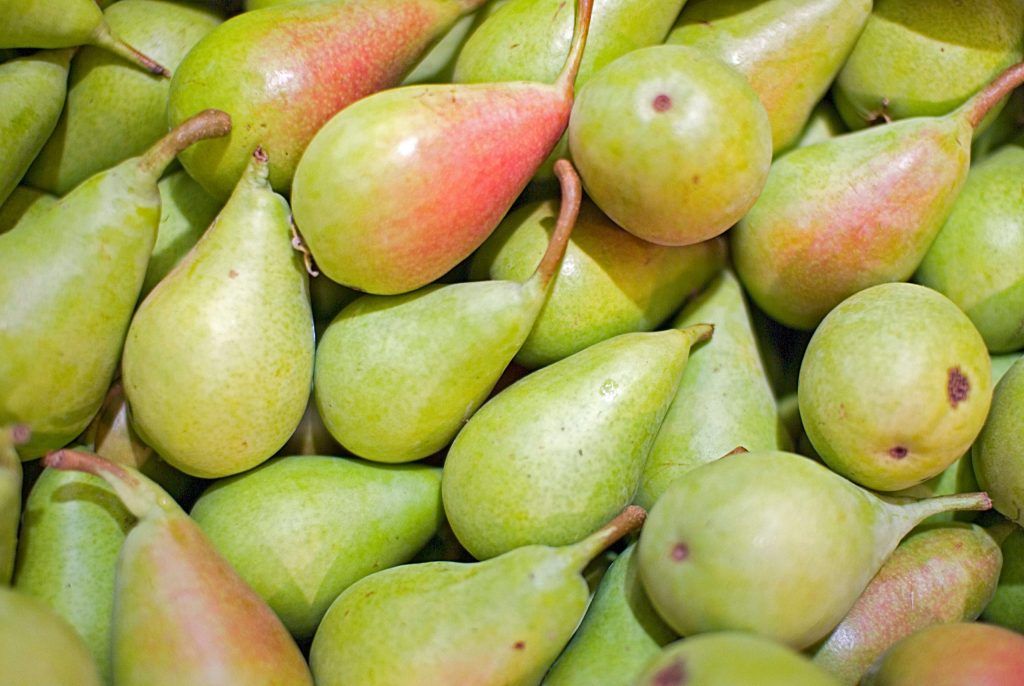
It is considered the most important national variety of pears in Spain and has a medium-sized fruit, with a very smooth, thin skin and a splendid bright green color.
This species has a very juicy meat, with a small heart.The harvest date occurs between August to September of each year.
William
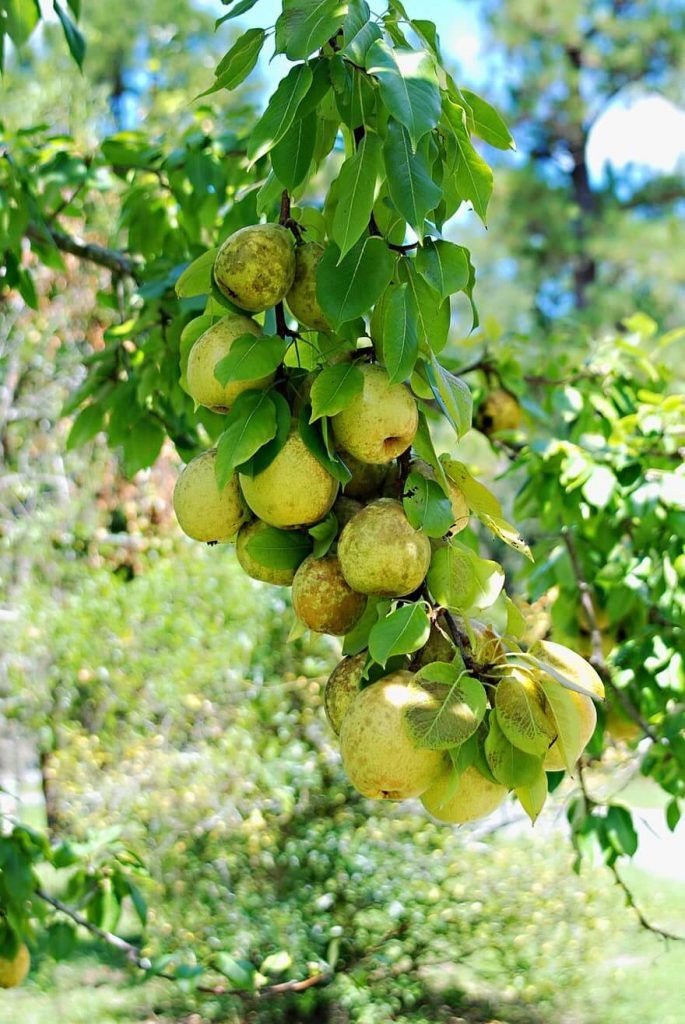
It comes from English cultivars, where it is also known as Bartelet, Barent Williams, Delavault, Doyenne Clément, Charles duriex.
It has a pear-shaped fruit of medium size and with a golden yellow skin in its adulthood that invites enjoyment, because its pulp is very sweet , aromatic and juicy.
This variety is harvested and put on sale between the months of August and September, and the harvest can be extended until October if considered appropriately.
It can be subjected to distillation processes, but it is the favorite on the table in many homes.
Passacrassana

It is a variety that was born in France, characterized by having a large fruit, rather flattened and symmetrical, with a yellowish-green skin color, which makes it very showy.
This pulp has a grainy but quite juicy texture and is high in sugar and water, with astringent powers.
Its massive consumption begins in the month of December and can be extended until April, late spring, if it is preserved correctly.
Buttery Alexandre Lucas

Another species from France, the Mantecosa Alexandre Lucas is a variety that is also large and yellow in color, with one part (the part exposed to the sun) orange.
It is characterized because its pulp is very soft, tender, juicy and can be consumed from October to November, and even under shelter it can also be eaten in January.
Buttery Hardy

Another French variety of fruit with a medium size and asymmetrical shape, short.
However, under its greenish-yellow skin you can taste a fine-grained pulp, very tender and juicy, with a great flavor.
Its consumption begins in August and can last beyond the month of October.It is also called Hardy and Gellerts Butterbine.
Buttery Clairgeau
This variety of pear has a thick size and elongated shape, with a reddish skin on a yellow background that turns coppery.It is an excellent table fruit and is consumed from October to February, as long as it is well preserved.
Dean of the election

Originally from French lands, it has a flattened shape with a thick base. A skin with a yellow appearance but with a pinkish tone on the part exposed to the sun.
Its pulp is delicate, very sugary, with a high water content.It can be consumed from October to November as a table fruit.
Conference
It is a pear of English origin, of medium size and elongated shape. It has a thick, greenish-yellow skin, but its pulp is great, very soft and juicy, but acid, with a high water content and little sugar.Between October and January of each year it is consumed at the table of European homes.
packham’s triumph
This pear was born on the Australian continent. Its irregular shape with large bumps and yellow skin when ripe, does not rob the pulp of one of the best flavors, somewhat acidic and very juicy. It is harvested between October and January of each year and is an excellent table fruit.
Good Christian William’s

The fruit of this variety is large, with a fairly wide and irregular base. He has very beautiful bright green skin. Which then changes to a lemon yellow color.
Its pulp is white, very juicy, with a large amount of sugar and perfumed.Available between the months of September to January.
Good Louise of Avranches

It is a very good sized pear with a pear-shaped appearance. The shell is smooth, with a very nice pinkish-green color and many dots.
The pulp is also very juicy, sweet and fragrant, with a spectacular little acid touch.From September it is harvested and marketed.
From Rome

It is a pear with a medium to large sized fruit. Its shape is irregular, flattened, with a very rough green skin, but when it matures it turns yellow.
Its pulp is yellowish white, with a lot of juice and a sweet taste.This variety is ready in winter for consumption.
Abbé Fetel
It is a variety of large pear, very elongated, with a sweet pulp that produces an equally sweet juice.It is obtained in Europe from September to February of each year. But in African cultivars, its harvest time is from April to June.
Clapp’s favorite
It is a large pear, of good size. It has a very green appearance, but with reddish tones in the area that bears the sun.The meat is sweet, very juicy. And it is harvested between July and September of each year.
Moretti
Originally from Italian lands, it is a fruit with an elongated shape and a yellowish green color. It has white, juicy, yellowish-white meat.It is marketed between July to September.
Nelis
It is a variety that produces small and rounded pears, coming from the United States.It has green skin and its skin is very juicy. They take it to the markets between October and May of each year.
seckle
 Experts consider it to be the smallest pear variety of all. It has a faded, yellowish-brown color and is very popular as a special ingredient for some dishes.
Experts consider it to be the smallest pear variety of all. It has a faded, yellowish-brown color and is very popular as a special ingredient for some dishes.
Its meat is quite soft and grainy. When it is cooked, it turns reddish.It is usually marketed from October to the end of February.
Gieser Wildeman
It is another small, yellowish-brown pear that is used as an ingredient in various dishes in the kitchen, thanks to its granular and soft skin, which also turns reddish when it is subjected to the fire of saucepans.It is put up for sale from October to February of each year.
Triumph of Vienna

It is another great variety cultivated in France, but which has spread with great success to Germany, Belgium and the Netherlands.
It is a large fruit, which can weigh about 500 grams. Its shape is very symmetrical and the skin is very green with spots in a striking bronze color.
Famous for its sweet and juicy pulp, it is available in stores from September to October.
Supertrevoux
It is a variety native to the Netherlands, large in size and reddish brown on a yellow background.Its meat is soft and juicy, but it is enjoyed for a short time, since it barely survives about three weeks in August each year.

![Photo of What Diseases and Pests Attack the Cherimoyo? [Identify and Treat]](https://www.complete-gardening.com/wp-content/uploads/2022/08/what-diseases-and-pests-attack-the-cherimoyo-identify-and-treat-390x220.png)
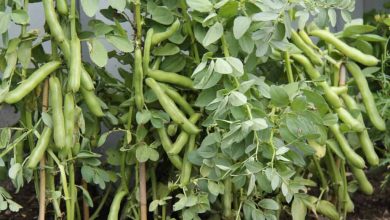
![Photo of Kiri: [Cultivation, Irrigation, Care, Pests and Diseases]](https://www.complete-gardening.com/wp-content/uploads/2021/06/Kiri-390x220.jpg)
